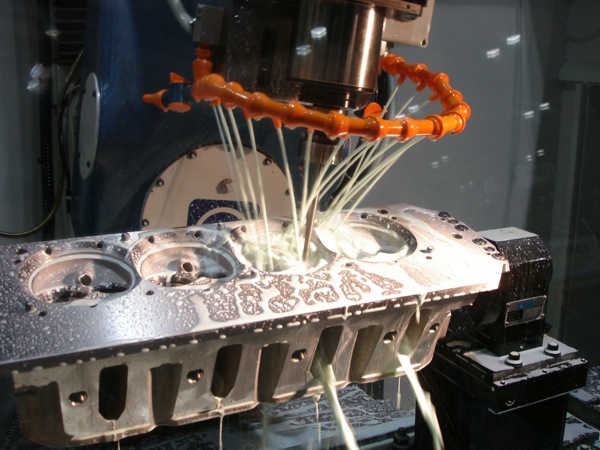Debunking CNC Abrasive Finishing Tool Concerns
Machine shops are increasingly turning to abrasive finishing tools that can be easily integrated into CNC machine carousels or tool holding systems.
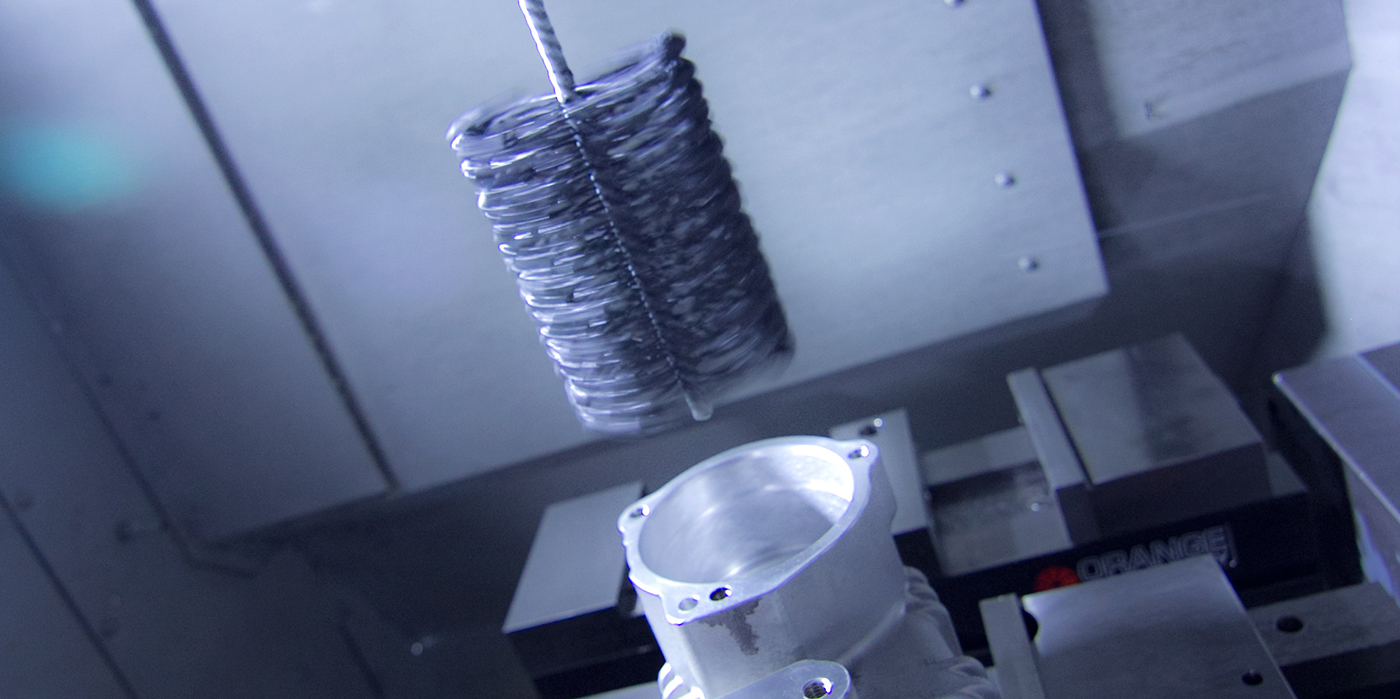
Dynabrade Names Michael Buffamonti President
Dynabrade, Inc., a designer and manufacturer of unique portable pneumatic abrasive power tools, related accessories and dust collection, has announced the appointment of Michael Buffamonti as the company’s new president. He replaces Hardy Hamann, who retired earlier this year. Buffamonti most recently held the role of CFO and has been a member of the executive management team
The ARMEX Difference
Non-destructive baking soda abrasives can clump when wet, but ARMEX has a solution. See why its MoistureGuard is an advanced flow aid for your abrasive.
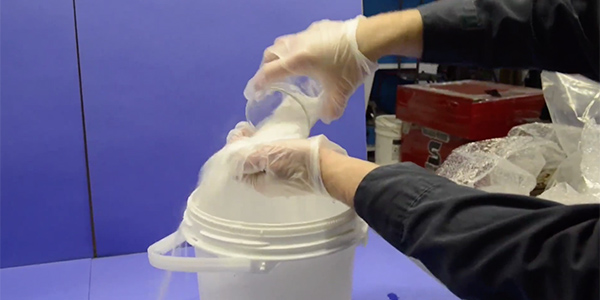
The Daily Grind – Grinding valve seats with different abrasives
Grinding valve seats with abrasive stones has been aound about as long as the internal combustion engine. In the early days of grinding seats, there were only two abrasive materials to choose from – General Purpose and Finishing – because seats were mostly made of a single material, cast iron. Today, seats are made of
Maximize Your Grinding Efficiency
Today’s shop owner is always looking for the edge, the next big business opportunity – and you may not even realize that your flywheel grinder can be one of the most profitable machines in your business.
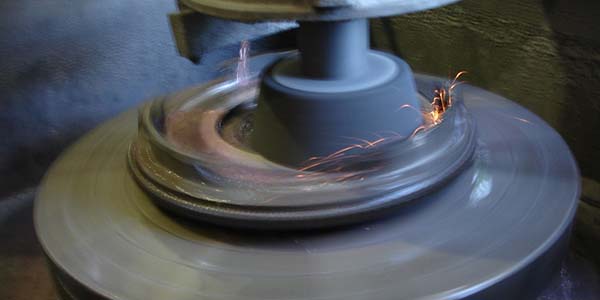
The Daily Grind
Today, seats are made of a wide variety of materials, different combinations of various alloys, powdered metals and other super hard materials. This seat material is designed to prolong the ability of the valve seat to seal against the pounding of the valve head during engine operation. The variety of materials also means new and different abrasives are required for proper machining.
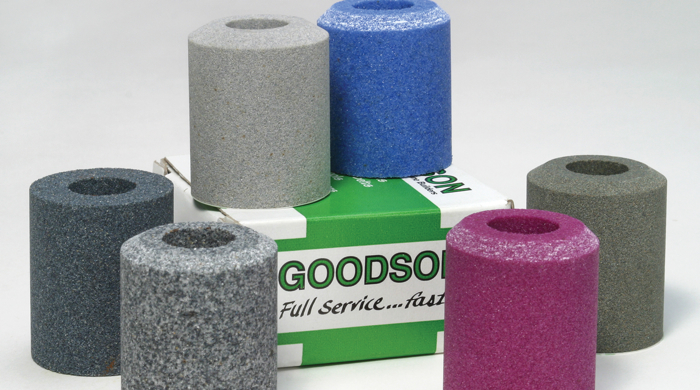
Cutting Tools and Abrasives for Engine Work
When it comes to machining late model engines, tolerances are generally much tighter and finishes often have to be much smoother to meet original equipment specifications. If you’re doing performance work, there’s even less margin for error. Consequently, you need up-to-date equipment and tooling that can hold close tolerances and deliver high quality finishes while
